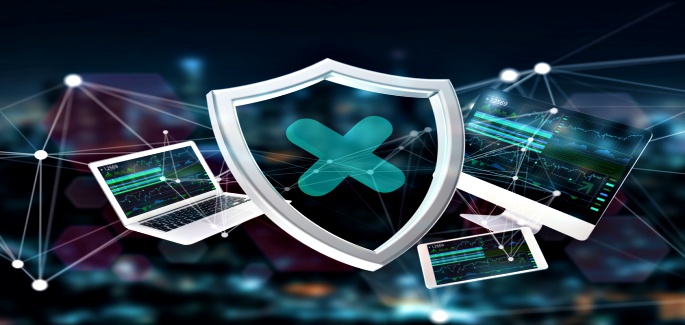

Though it is not surprising to see how many people connect to free Wi-Fi, especially in a location with large crowds such as this, it is important to know how to stay safe when connecting.

“Understanding the talking points behind these privacy issues is very different from implementing secure habits on a daily basis. “With Washington heatedly discussing cybersecurity issues virtually every week, we thought it would be interesting to test how many people actually practice secure habits,” said Gagan Singh, president of mobile at Avast. 0.24% visited pornography sites like.0.7% used dating apps like Tinder, Grindr, OKCupid, Match and Meetup.4.2% visited government domains or websites.6.5% shopped on Amazon, and 1.2% accessed a banking app or banking websites like, , or.13.1% accessed Yahoo Mail, 17.6% checked their Gmail inbox, and 13.8% used chat apps like WhatsApp, WeChat and Skype.39.7% have the Facebook or Facebook messenger app installed, 10.7% have the Twitter app installed, 8.0% have Instagram installed.10.8% used Google Chrome, 0.2% Mozilla Firefox and 4.2% Safari.
#WIFI HACKER 2016 ANDROID#
55.9% had an Apple device, 28.4% had an Android device, 1.5% had a Windows Phone device, 3.4% had a MacBook laptop and 10.9% had a different device.To protect people’s privacy, the researchers scanned the data, but did not store it or collect any personal information.Īvast learned the following about the Republican National Convention attendees: Moreover, 68.3% of users‘ identities were exposed when they connected, and 44.5% of Wi-Fi users checked their emails or chatted via messenger apps. Over the course of a day, Avast saw more than 1.6Gbs transferred from more than 1,200 users. Moreover, Web traffic can be visible to anyone on any Wi-Fi network that does not request a password. While convenient for many, this feature bears the risk of users being spied on by cybercriminals who set up a false Wi-Fi network with a common SSID. With mobile devices often set to connect to known SSIDs automatically, users occasionally overlook the networks to which they are connecting. Out of the people connecting to the candidate-related Wi-Fi in Cleveland, 70% connected to the Trump-related Wi-Fi, 30% to the Clinton-related Wi-Fi. Wi-Fi hack experiment setupįor the experiment, researchers set up fake Wi-Fi networks at various locations around the Quicken Loans Arena and at Cleveland Hopkins International Airport with phony SSIDs like “Google Starbucks”, “Xfinitywifi”, “Attwifi”, “I vote Trump! free Internet” and “I vote Hillary! free Internet” that were either commonplace or looked like they were set up for convention attendees. Attendees risked the possibility of being spied on and hacked by cybercriminals while they checked their emails, banked online, used chat and dating apps, and even played Pokémon GO. The experiment revealed that over a thousand convention attendees were negligent in their behavior when connecting to public Wi-Fi. Avast security researchers conducted a Wi-Fi hack experiment at various locations around the Republican National Convention site in Cleveland to demonstrate how risky it can be to connect to public Wi-Fi.


 0 kommentar(er)
0 kommentar(er)
